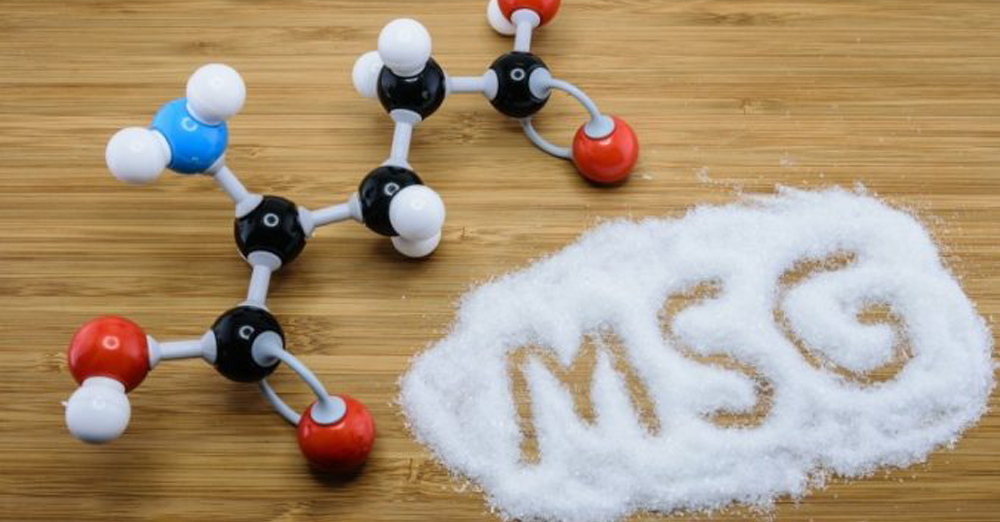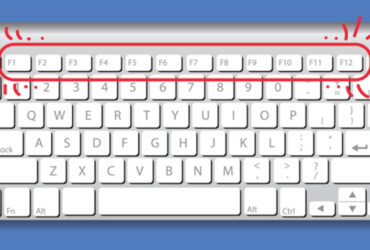Sweet powder. Myanmar term. Chemically, it is called monosodium glutamate. The resulting formula is C5H8NO4Na. In English, it is also called MSG. Readers know (in local parlance, Aginomoto). In the past, sweets were consumed daily, with warnings that they could cause further illness. There are those who know and those who do not. I want to tell you who invented the candy. Here’s how it spread:
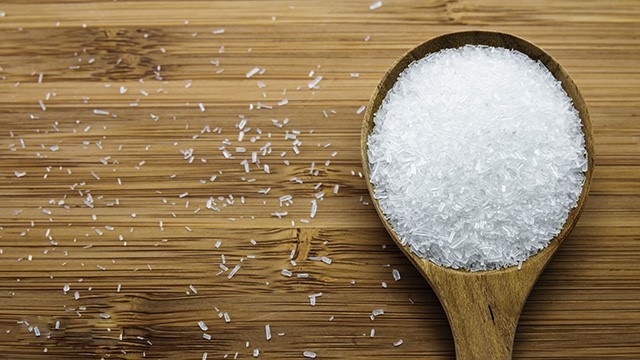
Who invented the candy?
It was invented by Kikunae Ikeda, a professor of chemistry at the Tokyo Imperial University in Japan (later called the University of Tokyo). While experimenting with the physical properties of chemistry, he discovered that it was one of his greatest breakthroughs when he began to break down parts of a coral reef soup. He came up with the idea that salty and bitter flavors could be a one-time thing. Then, while studying in Germany, he went out and made some of the flavors of the sea turkey and tomato he had discovered that reminded him of what he had discovered.
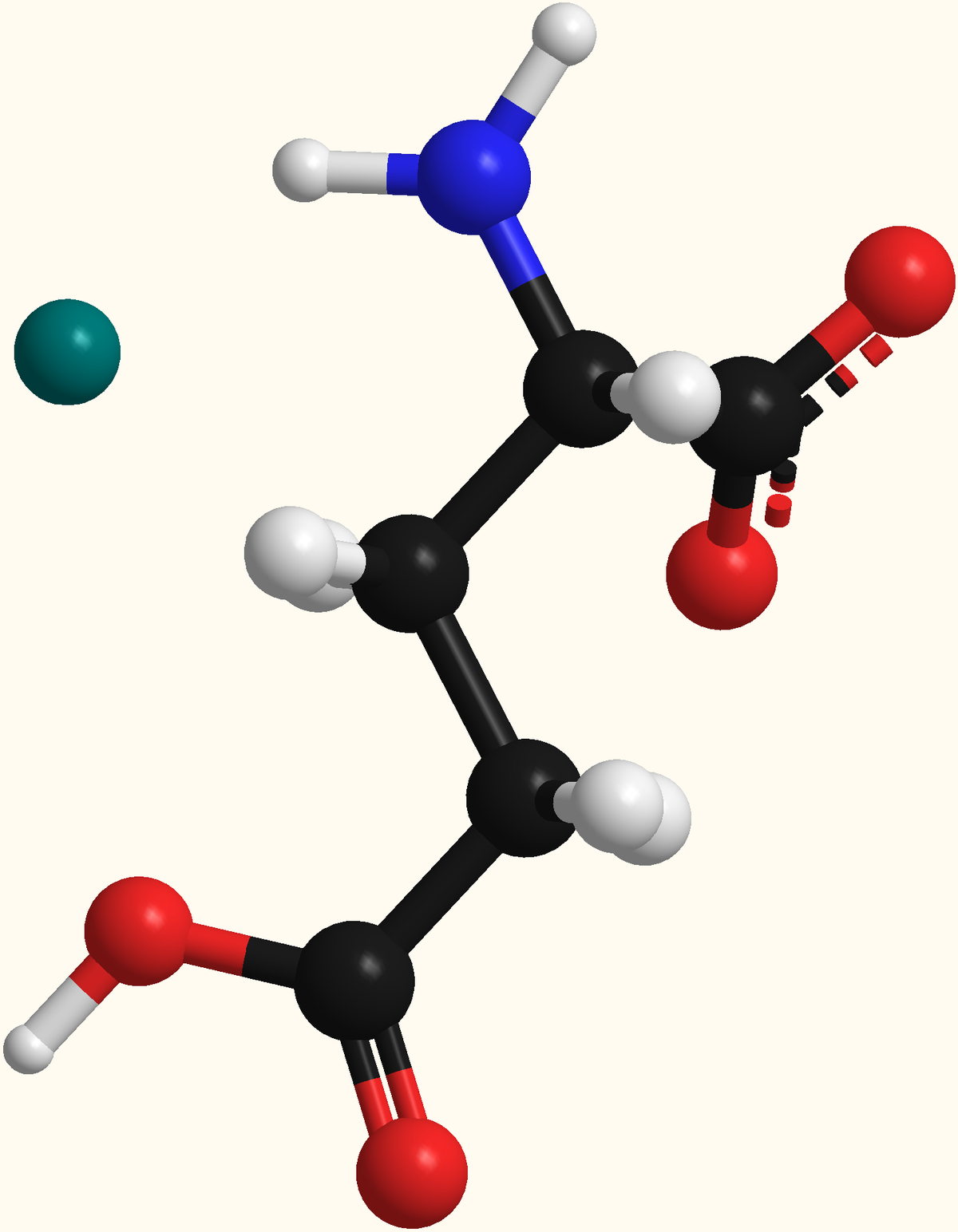
How did it spread among consumers?
After the powder was found some cooking like the war in the world market in the world invested in on the rush for the first time there have been many. Carpet market was known to all the people miles of Ajinomoto (genome), which the company said were really trying to make big sales. By this time, the food manufacturers and restaurant owners in Japan are targeting the middle class products for modern food science has started using face powder beautiful bottle again. After the market were sold to attract housewives eye centered in Japan’s main decryption equipment and started to become 0.
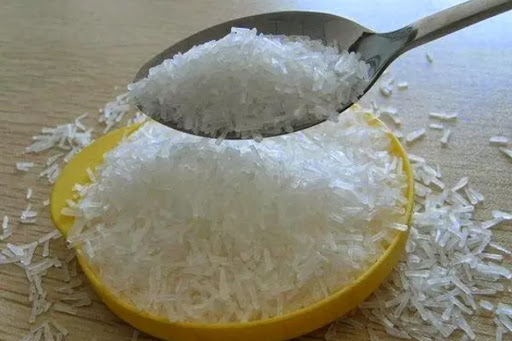
Ajinomoto then re-entered the Chinese market. In China, it was known not only as a delicacy but also as a product of Japan’s colonial economy. Therefore, in the 1920s, more investment was made to manipulate the food market under Chinese products. Another attempt was made to manipulate the American market. In the minds of American housewives, the popular marketing method in Japan did not work. This is because of the outbreak of World War II, when large quantities of sweets were shipped to the United States. Boxes of fish and other perishable food became the staple food during the war, and confectionery manufacturers made it cheap and made some people want to eat catfish.
